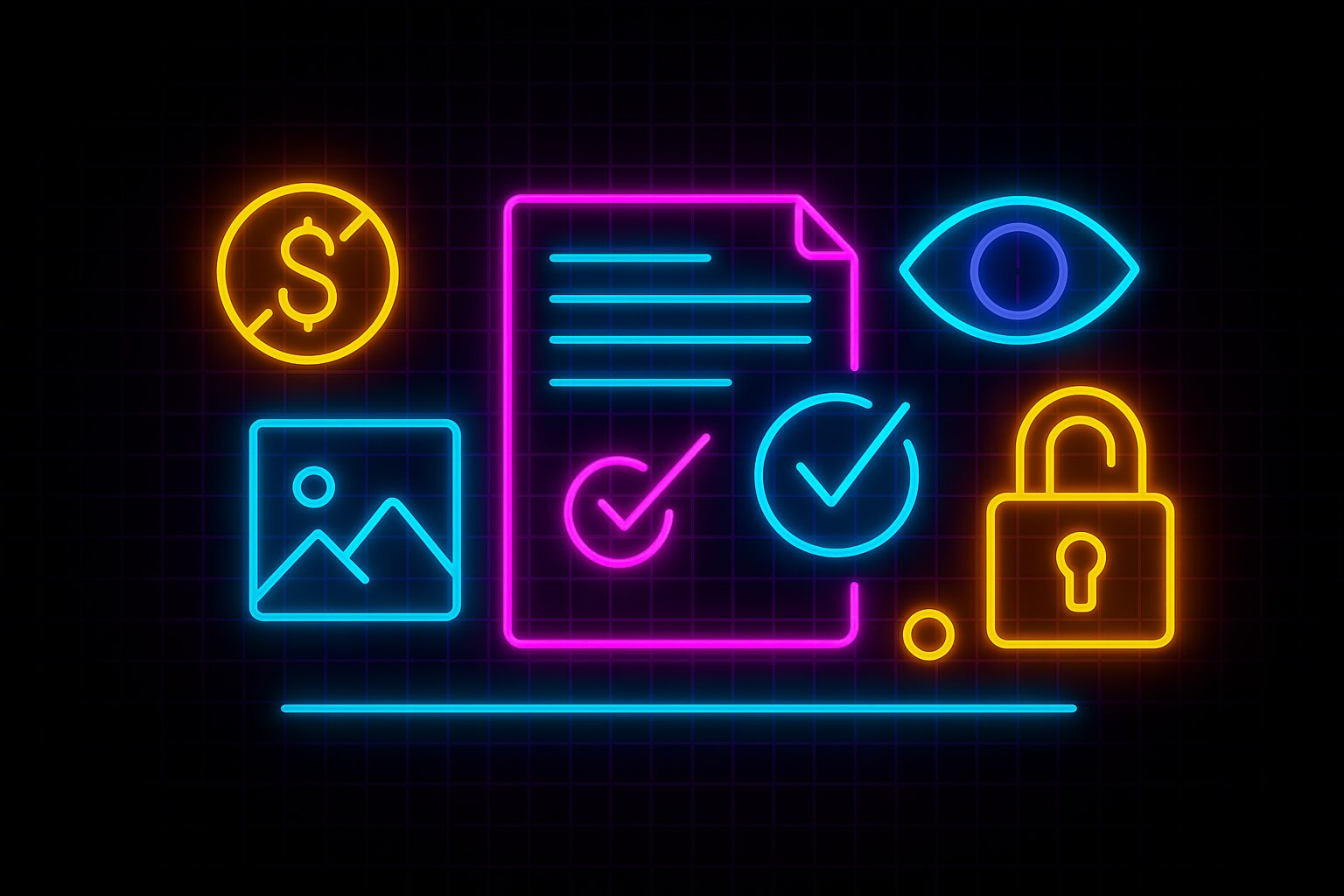
Ava keeps the notepad with the two boxes—Private Ledger and Public Ledger—then draws a third, smaller square inside the public one.
“This,” she says, “is the room where a token is born. Not a coin in your palm. A program with a memory.”
You lean closer. The square is labeled Contract.
“Forget the image of a shiny coin,” Ava says. “On a public ledger, a token is an entry in a program’s state. The program is a smart contract. It doesn’t negotiate, it doesn’t guess, it doesn’t forgive. It runs the same way every time, and the network makes sure of it.”
You ask what that actually means—what changes when you “own” something here.
“It means the contract’s memory says your address holds some number of units,” Ava answers. “When you move those units, you don’t ask a clerk. You present a signature, the contract checks its own rules, and if the rules are satisfied, the memory changes. Ownership is just that: your key proving intent, the program accepting it, the ledger recording the result where anyone can verify.”
She opens a console window—plain, undecorated—and points to a few lines of code. No mysticism, only structure.
“See this? Total supply. See that? Balances by address. And here—what actions are allowed: transfer, approve, mint, burn. If the designer built a mint switch, someone can expand supply. If they didn’t, no one can. Power lives where the rules live.”
You sit back, a little surprised at how ordinary it looks. “So why do some ‘coins’ behave differently from others?”
“Because some aren’t coins at all,” Ava says. “On Ethereum, ETH is native—it pays the fee for the ledger itself. Tokens are programs on the ledger. The native coin tends to have unavoidable utility—fees, staking. A token has to earn its demand: by giving you access to something useful; by securing a system that pays you for the service; by representing rights you actually care about; or, sometimes, by convincing enough people to treat it as a ticket to a future that never arrives.”
You watch the cursor blink.
“And the price?” you ask. “Where does that come from if all I have is an entry in memory?”
Ava doesn’t look away from the screen. “From three forces meeting in one place,” she says. “Rules. Enforcement. Liquidity.”
She taps each word like a metronome.
“Rules are what the contract promises: how many units can exist, who can change that number, what each unit lets you do. Enforcement is the ledger’s job: signatures must be real, transactions must follow the rules, history must be hard to rewrite. Liquidity is the market’s part: if you try to trade, can you find the other side without falling off a price cliff? When those three are credible at the same time, a price appears and tends to stay attached.”
You stay with the thought. “So utility matters,” you say carefully, “but only if there’s somewhere to use it—and a way back out.”
“Exactly,” Ava says. “Utility without exit is a cul-de-sac. Exit without rules is a carnival. The things that endure have both.”
She closes the console and opens a simple diagram:
Rules
(supply, rights, levers)
▲
│
Enforcement ───────── Liquidity
(code+consensus) (depth, exit)
Ava: “Price lives in the middle when rules are clear, enforcement is credible, and liquidity is real.”
You nod, then pause. “And what about control? Who can change the rules after launch?”
Ava doesn’t sugarcoat it. “Sometimes no one can. The contract is immutable and the key is thrown away. Sometimes a team can—through an upgrade path. Sometimes a council. Sometimes token holders vote. The good designs make control audible: you can see who holds the keys, what they can do, and how long you have to react before a change goes live. The bad designs put the switch behind a curtain and ask you to clap.”
You think about stocks and bonds and wonder how close this really is.
“Close in shape, different in spine,” Ava says. “A stock is a claim on a company’s profits, enforced by law and courts. A bond is a promise to repay on a schedule, enforced the same way. A token is a programmable bearer unit. Its rights exist only to the extent they’re written into code—or into a separate legal contract you can actually enforce. You can make a token stock-like with the right wrapper. You can also make one that’s just a turnstile ticket, or a governance vote, or a unit you burn to use a network. ‘Token’ is not an instrument. It’s a design space.”
You look back at the code window, and the fear that this is all vapor thins a little. It’s not mystical. It’s mechanical—and the mechanics are visible if someone points.
“So,” you say, “a token can exist because the ledger is a shared memory no one can quietly edit, the contract is a public rulebook, and the market gives me a way to enter and leave. Value lives in the intersection, not in a warehouse.”
Ava smiles. “Now you’re speaking the language.”
“Next,” she says, “we go upstairs—the world of layers—and watch how scale without spectacle actually works.”